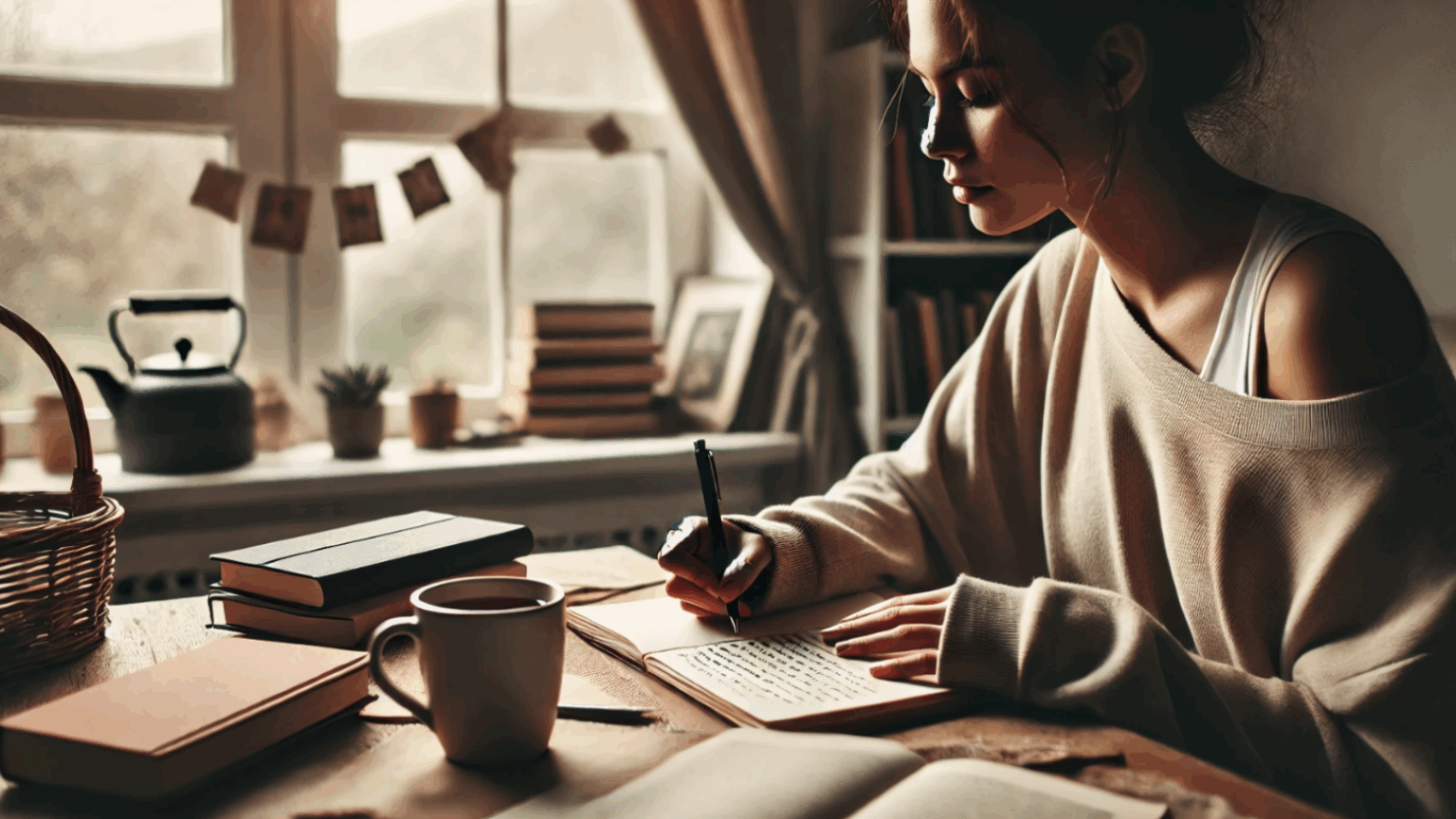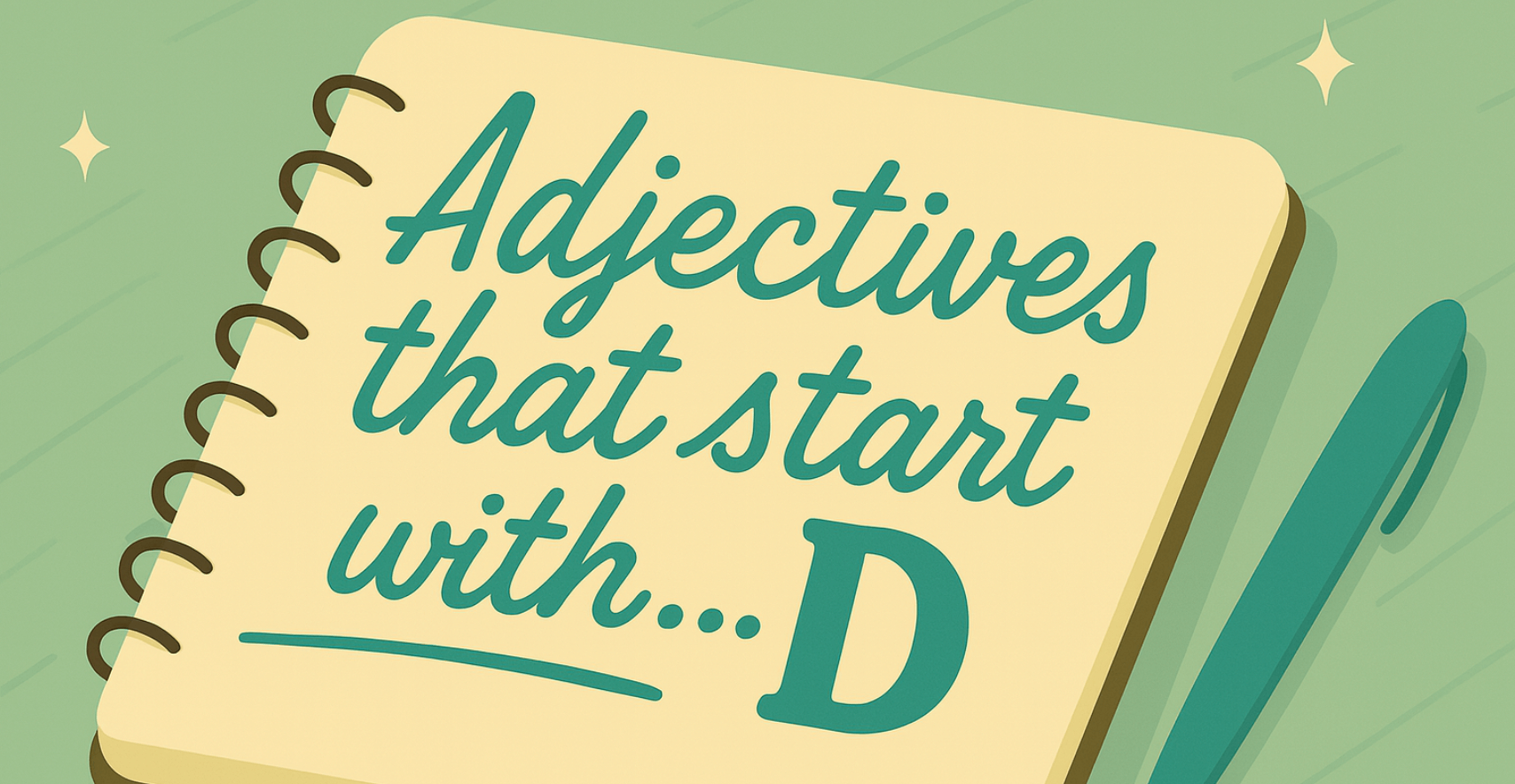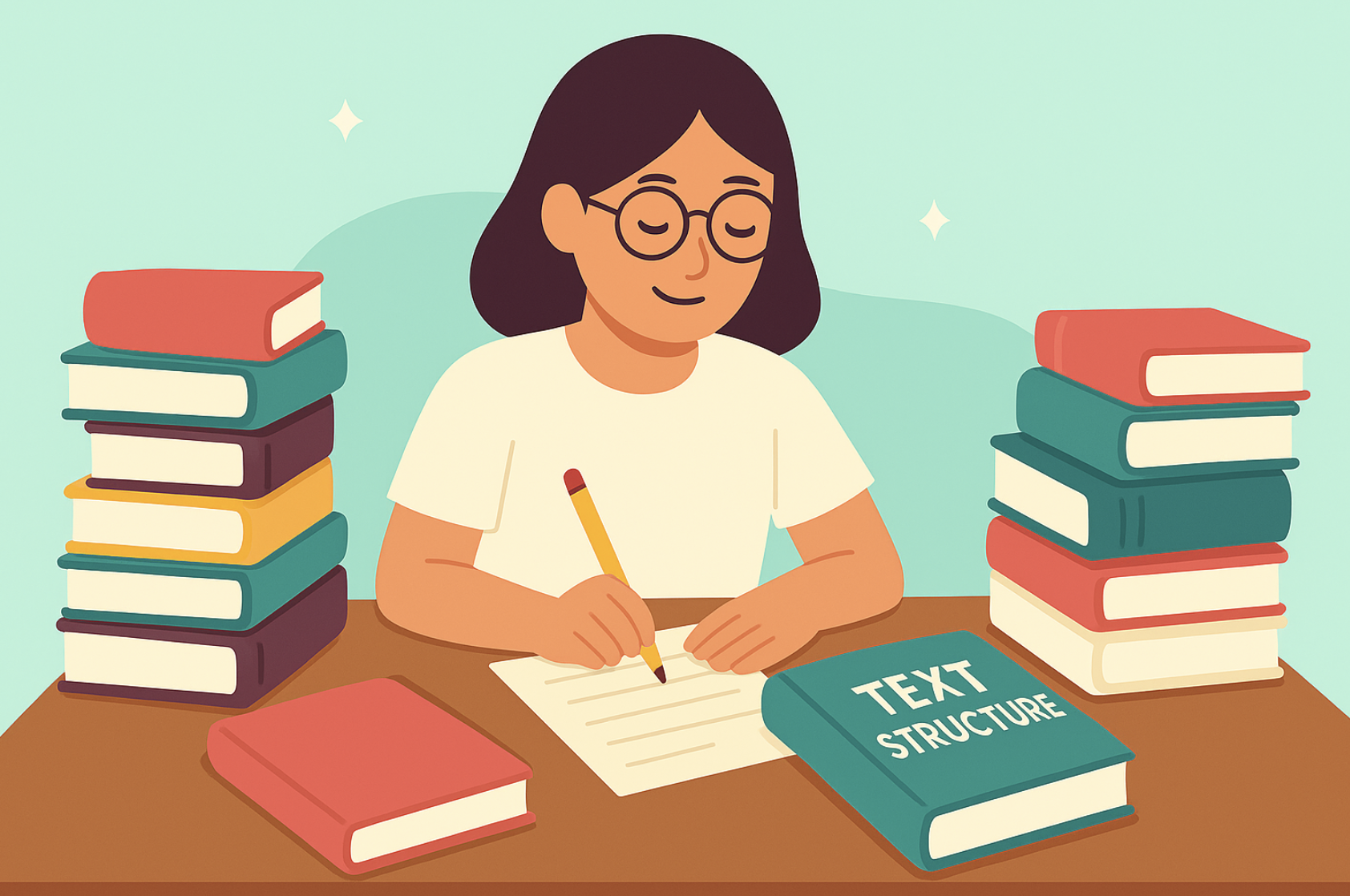Poetry: the only art form where you can rhyme “orange” with “sporange” and still sound profound. Sure, it might make you scratch your head, but isn’t that part of the charm? Poetry has this magical ability to take a few words and turn them into a world of emotions, stories, and even puzzles. Whether it’s the tragic beauty of a sonnet or the playful rhythm of a limerick, there’s a type of poetry for every mood, moment, and mind.
Over the centuries, poetry has evolved from epic tales sung by bards to brief bursts of emotion captured in haikus. It’s been shaped by culture, society, and the limitless creativity of those who dare to write it. But with so many different types of poetry out there, it can be tough to know where to start—or even what to call it when you’re admiring a particularly elegant stanza.
That’s where this article comes in. We’re digging into 12 of the most popular and fascinating types of poetry forms—each one with its own flair, structure, and purpose. Whether you’re a seasoned poet or just starting to explore the world of verses, we’ll help you discover the different types of poetry in a way that’s fun, easy to understand, and—dare we say—entirely inspiring.
What Are the 4 Main Types of Poetry?
So, what are the 4 main types of poetry? Let’s break it down with a dash of simplicity—and a sprinkle of fun.
- Narrative Poetry: Think of this as the storytelling kind—poems that tell a story, often with characters, conflict, and a plot. It’s like a short film, but with more rhyming.
- Lyric Poetry: If a poem is a love letter to emotions, this is it. Lyric poetry is all about expressing feelings and thoughts—short, sweet, and deeply personal.
- Dramatic Poetry: Picture a play written in verse. Dramatic poetry is meant to be performed, often with characters speaking their minds in monologues or dialogue.
- Epic Poetry: The heavyweight champion of poetry. These long poems often chronicle heroic deeds, grand adventures, and mythical creatures. Think of it as poetry’s answer to an action-packed blockbuster.
Each of these main types offers something unique—whether you’re seeking drama, drama-free emotions, or just a good ol’ adventure.
The 12 Types of Poetry You Need to Know About
There are countless poetry forms out there—some ancient, some modern, some that make you scratch your head, and others that make you feel like you’ve unlocked the secret code to the universe. But in this article, we’ll focus on 12 of the most popular and impactful types of poetry, each with its own flavor and flair. So, whether you’re looking to write the next great masterpiece or just want to impress your friends at the next poetry reading, we’ve got you covered!
1. Sonnet: The Classic Charmer
Fun Fact: Shakespeare, anyone?
Key Characteristics: The sonnet is poetry’s answer to the love letter. With a strict rhyming structure, it’s 14 lines of magic, often written in iambic pentameter (yes, that’s ten syllables per line in a da-DUM rhythm). It’s like the formal handshake of poetry.
Popular Example: “Shall I compare thee to a summer’s day?” — Shakespeare (Of course, it had to be a Shakespeare sonnet. He’s basically the poster child for the form.)
Why It’s Special: Sonnets are often used for love poems (or the more tragic, unrequited kind) but can cover a range of topics. They challenge the poet to pack big ideas into a tight, structured form, kind of like squeezing a full meal into a lunchbox.
2. Haiku: Zen in 17 Syllables
Key Characteristics: The haiku is short but mighty—just three lines with a 5-7-5 syllable structure. Originating in Japan, it captures a moment in nature, a thought, or a feeling in its brief, yet profound, simplicity.
Fun Fact: If you’re a fan of brevity (and we all should be), haikus are the poetry equivalent of Twitter—an art form that says more with fewer words.
Example: An old silent pond…
A frog jumps into the pond—
Splash! Silence again.
— Matsuo Bashō
Why It’s Special: The beauty of a haiku lies in its simplicity. It’s like snapping a picture in your mind with words, capturing the essence of a moment in nature or in thought.
3. Limerick: The Humorist’s Delight
Key Characteristics: A limerick is poetry’s answer to a joke. With a tight 5-line structure, it follows an AABBA rhyme scheme, often whimsical and humorous. You know, the kind of poem that makes you chuckle, or at least snicker.
Example:
There once was a man from Peru,
Who dreamt he was eating his shoe.
He awoke with a fright,
In the middle of the night,
To find that his dream had come true.
Why It’s Special: The limerick is the poetry world’s equivalent of a stand-up comedian—light-hearted, clever, and often a bit silly. It’s perfect for those who want to laugh while they read!
4. Free Verse: Poetry Unchained
Key Characteristics: Free verse throws the rulebook out the window. There’s no set rhyme or meter, which means poets have complete freedom to play with form, structure, and rhythm. It’s poetry without borders!
Example: Walt Whitman’s Leaves of Grass is the poster child for free verse, showing us that poetry doesn’t need a formal structure to have power.
Fun Fact: In the world of free verse, the poet is basically a poetic rebel. No rules, no rhyme—just raw, beautiful freedom.
Why It’s Special: Free verse allows poets to unleash their creativity and experiment. It’s for those who want to break free from tradition and create something new.
5. Villanelle: The Repetition Game
Key Characteristics: A villanelle is 19 lines long, featuring a strict rhyme scheme and repeated refrains. The first and third lines of the poem alternate as a refrain throughout the poem, coming back at the end of each stanza.
Example: Dylan Thomas’s Do Not Go Gentle into That Good Night is a perfect example of the powerful emotional impact a villanelle can have, with its repeated refrains urging a defiant resistance against death.
Why It’s Special: Villanelles are known for their hypnotic, almost chant-like quality. The repetition creates a rhythm that pulls you in emotionally. It’s poetry that sticks with you long after the final line.
6. Acrostic: Vertical Wordplay
Key Characteristics: An acrostic is a clever type of poetry where the first letters of each line spell out a word or message when read vertically. It’s like a secret code you get to crack as you read!
Example:
Love is gentle,
Open and free,
Vibrant in joy,
Everlasting, to be.
Why It’s Special: Acrostics are fun and interactive, kind of like creating your own crossword puzzle with words that mean something to you. They can be surprisingly deep despite their simplicity.
7. Ballad: The Storyteller’s Song
Key Characteristics: A ballad is a narrative poem, often set to music, that tells a story, usually of romance, tragedy, or adventure. Think of it as a musical poem that’s often read aloud.
Example: The Rime of the Ancient Mariner by Samuel Taylor Coleridge is a famous example of a ballad that combines adventure, mystery, and a moral lesson.
Why It’s Special: Ballads are storytelling at its finest—simple yet emotional, with a rhythm that begs to be read out loud.
8. Ode: A Poem for Praise
Key Characteristics: An ode is a formal, elevated poem that praises someone or something. It’s full of admiration and often written with a grand, elevated tone.
Example: John Keats’s Ode to a Nightingale is one of the most famous examples, with Keats expressing his awe of the bird’s song and what it represents.
Why It’s Special: Odes are like poems in the highest regard—praise, grandeur, and beauty wrapped into one formal structure. It’s poetry’s way of giving a standing ovation.
9. Epic: The Legendary Saga
Key Characteristics: Epics are long, narrative poems about heroes, gods, and grand events. These poems are like the blockbusters of the poetry world, packed with adventure, courage, and mythology.
Example: Homer’s The Iliad is an epic that dives deep into the Trojan War, featuring gods, warriors, and legendary feats.
Why It’s Special: Epics are poetry’s answer to the action movie—long, exciting, and filled with larger-than-life characters. They are meant to be read aloud, often over the course of several sessions.
Your Publishing Journey Awaits – Start Now10. Tanka: The Haiku’s Older Cousin
Key Characteristics: A tanka consists of five lines with a 5-7-5-7-7 syllable structure. It’s a bit longer than a haiku and allows the poet to explore ideas a little more deeply.
Example:
The wind whispers soft,
Through the trees in twilight’s glow,
Night comes, calm and still.
The moon rises, full and bright,
Reflecting on the cold lake.
Why It’s Special: Tanka provides a bit more room than haiku for expansion, while still retaining that moment of Zen and simplicity.
11. Sestina: The Word Puzzle
Key Characteristics: A sestina is a 39-line poem made up of 6 stanzas of 6 lines each, with a strict end-word pattern. It’s a poetic puzzle that requires both skill and patience.
Example: Sestina by Elizabeth Bishop uses this intricate form to explore themes of memory and loss.
Why It’s Special: Sestinas are the ultimate challenge for poets, combining wordplay, structure, and emotion in a complicated but beautiful way.
12. Concrete Poetry: Poetry You Can See
Key Characteristics: Concrete poetry focuses not just on the words but also on how they’re arranged on the page. The visual form of the poem becomes just as important as its meaning.
Example: Poems shaped like objects (such as a tree, a heart, or an animal) are the quintessential examples of concrete poetry.
Why It’s Special: Concrete poetry blurs the lines between visual art and literature. It’s a celebration of both words and the shapes they can take on the page.
Fun Fact for All 12 Types: Each poetry form is like a tool in a poet’s toolbox. Whether you’re crafting an epic tale or writing a brief, Zen-like haiku, these forms give you the flexibility to express yourself in creative and unique ways. So, why not experiment and see which type of poetry resonates with you? The possibilities are endless!
Why Should You Explore Different Types of Poetry?
Exploring different types of poetry is like giving your creativity a full playground to roam free. Each form offers a unique challenge, encouraging you to experiment with structure, rhythm, and language. Whether you’re crafting a rebellious free verse or channeling your inner Shakespeare with a sonnet, experimenting with various forms can stretch your imagination in ways you never thought possible. It’s like trying on different outfits—each one has its own vibe and allows you to express a different side of yourself.
But it’s not just about pushing your creative boundaries. Each type of poetry connects with different emotions and experiences. A limerick might make you laugh, a haiku might calm your mind, and an epic might inspire a sense of adventure. By exploring the different types of poetry, you’ll discover which forms resonate most with your inner thoughts and feelings. Some forms will challenge you, while others will feel like second nature.
So, why not explore? Experiment, play with words, and find the poetic form that speaks to your heart—because, in the world of poetry, there are no limits to what you can express.
Time to Write Your Own Poem!
Now that you’ve explored the 12 types of poetry, you’re ready to dive into the poetic world and make it your own. Understanding these types of poetry forms gives you the tools to express yourself in ways you might never have imagined. Whether you choose to write a dramatic monologue or a playful limerick, each form offers a new adventure for your creativity.
So, what are you waiting for? Grab your pen (or your phone, if you’re more of a digital poet) and start writing! Pick one of the forms we’ve explored, experiment with it, and see where it takes you. You might surprise yourself with what you come up with.
And remember, poetry is like a bad haircut—it’s all about self-expression, and there’s no wrong way to do it. So, have fun, make mistakes, and let the words flow!
Need a Little Guidance? A Writing Coach Can Help
As you dive into the world of poetry, you might find yourself experimenting with different forms and discovering new ways to express your emotions. But sometimes, even the most experienced writers need a little extra push to break through creative barriers. That’s where a writing coach comes in.
A book writing coach can help you hone your poetic voice, guiding you as you explore various forms and techniques. Whether you’re looking to perfect a specific style or break free from creative limitations, a writing coach online can provide personalized feedback and support every step of the way. With their help, you’ll gain the confidence to take risks, try new forms, and refine your craft.
If you’re feeling unsure about your writing or need fresh insights, a writing services consultant can offer strategies for improving your poems, ensuring that your words resonate deeply and authentically. From shaping your ideas to polishing your lines, a book creation coach services will help you take your poetry to the next level.
Poetry is all about self-expression, but with the guidance of a writing coach, you can unlock new depths of creativity, perfect your techniques, and bring your poetic vision to life.
FAQs – Poetry Types
Q1: What is 3-line poetry called?
3-line poetry is called a haiku. Originating in Japan, haikus typically follow a 5-7-5 syllable pattern, capturing moments in nature or deep emotions in just three lines.
Q2: What is prose?
Prose is written or spoken language in its ordinary form, without metrical structure or rhyme. It includes everyday writing such as novels, essays, and articles. Unlike poetry, prose focuses more on straightforward narrative or exposition.
Q3: What is a ballad poem?
A ballad is a narrative poem that tells a story, often with themes of love, tragedy, or heroism. Typically written in short stanzas with a regular rhyme and rhythm, ballads are often meant to be sung or recited aloud.
Q4: What is the most popular type of poetry?
The most popular type of poetry can vary depending on personal preference, but free verse is one of the most widely read and written forms today. It doesn’t follow a strict rhyme or meter, offering poets freedom to express themselves in unique ways. Sonnets and haikus are also very popular among both poets and readers.
Q5: What are the types of spoken poetry?
Spoken poetry includes several forms such as slam poetry, spoken word, and performance poetry. These forms are often presented aloud with emphasis on delivery, rhythm, and emotion, engaging the audience through powerful performance.
Q6: What is the number 1 rule of poetry?
The number 1 rule of poetry is to express yourself authentically. Poetry is about personal expression, so the most important rule is to write with sincerity, honesty, and creativity, allowing your emotions and thoughts to come through in your words.








